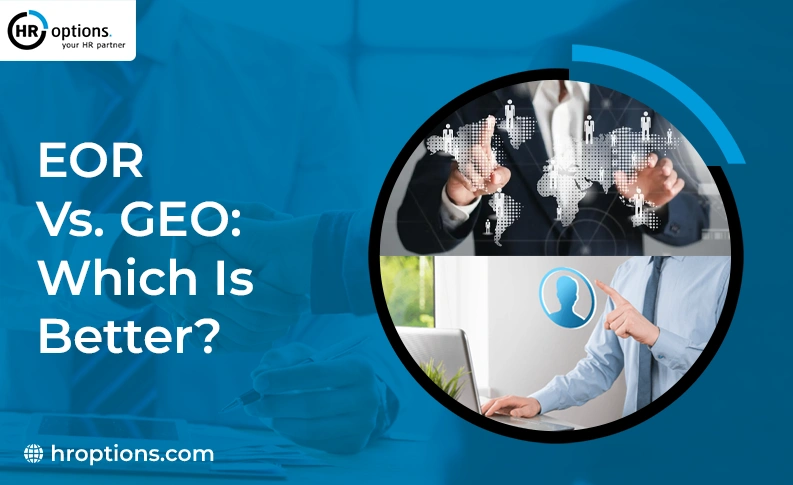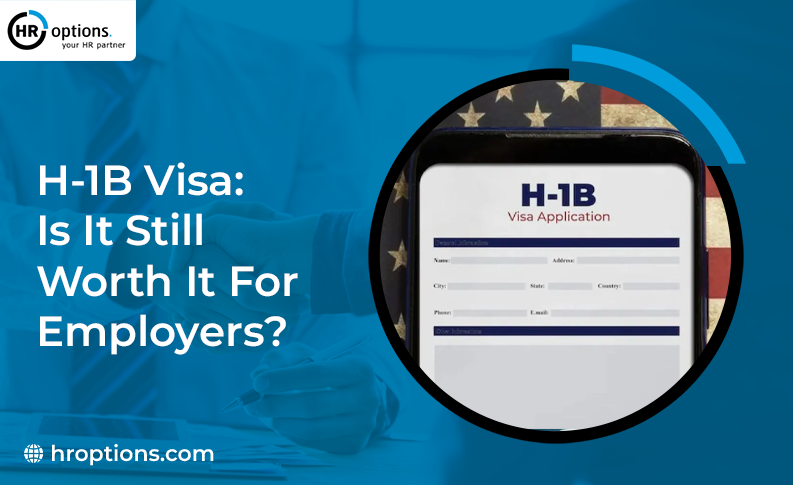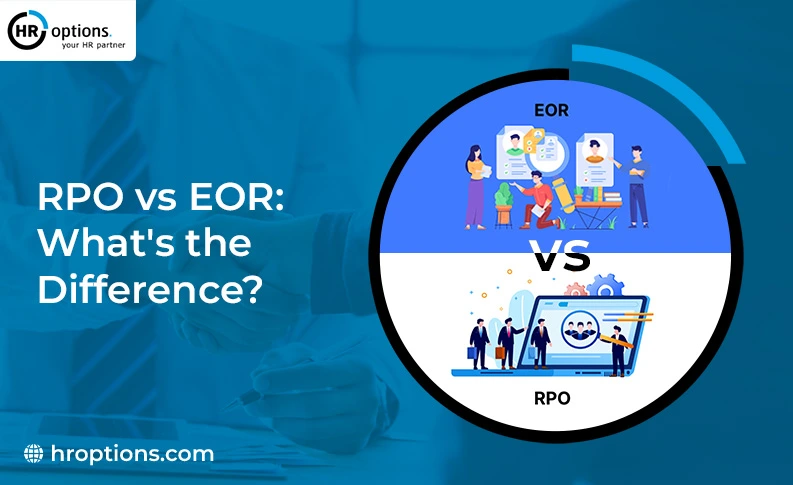When expanding your business internationally, choosing the right way to hire employees is crucial. Two popular options are the Employer of Record (EOR) and Global Employment Organization (GEO) models.
An Employer of Record (EOR) acts as the legal employer for your employees, handling payroll, taxes, and compliance while you maintain control over their day-to-day tasks. This model is ideal for businesses looking to hire quickly across borders without setting up a local entity.
On the other hand, a GEO sets up a local entity, giving businesses more control over their employees and operations. Both options come with pros and cons. EOR is often quicker and less complex, while GEO offers more control but requires a local entity.
What Is EOR (Employer of Record)?
An Employer of Record (EOR) is a third-party service that assumes responsibility for all employee-related legal obligations, including payroll, benefits, taxes, and compliance. At the same time, the business maintains control over day-to-day operations. This service is ideal for businesses looking to expand into new markets or hire employees without the complexity of setting up a local legal entity.
To better understand the benefits and limitations of an EOR, here are the key pros and cons:
| Pros | Cons |
| Simplifies hiring in multiple regions | Limited control over employee relationships |
| Handles payroll, taxes, and compliance | Higher cost compared to setting up a local entity |
| Reduces legal and tax risks | Less flexibility with employee relationships |
| Faster market entry and compliance | May be less cost-effective for larger teams |
What Is GEO (Global Employment Organization)?
A Global Employment Organization (GEO) is an intermediary between your company and the employee. It helps businesses hire employees internationally by setting up a local entity in the employee’s country. A GEO ensures compliance with local labor laws and regulations while offering more control to the business over the employee relationship and operations.
Now, let’s look at the pros and cons of using a GEO to manage your global workforce:
| Pros | Cons |
| Greater control over employee management | Requires setting up a local entity |
| More flexibility in managing operations | More administrative work to maintain compliance |
| Stronger local presence for long-term strategy | More expensive for smaller teams or short-term needs |
| Direct oversight of employees | It can take longer to set up local entities |
Comparing EOR and GEO
Now that we’ve covered what both EOR and GEO are, let’s take a closer look at how they stack up against each other in key areas to help you make a more informed decision.
| Feature | Employer of Record (EOR) | GEO (Global Employment Organization) |
| Primary Focus | Employee compliance, payroll, taxes, and legal management | Managing employees with more control and flexibility |
| Geographic Reach | Ideal for businesses hiring across multiple regions | Best for companies with larger teams or long-term presence |
| Control Over Employees | EOR is the legal employer, but the business manages operations | GEO allows direct management of employees with full control |
| Compliance Handling | EOR manages compliance, taxes, and legal responsibilities | Compliance is the business’s responsibility, but GEO provides local support |
| Cost Effectiveness | More cost-effective for small-scale or short-term expansions | More cost-effective for larger teams or long-term expansion |








